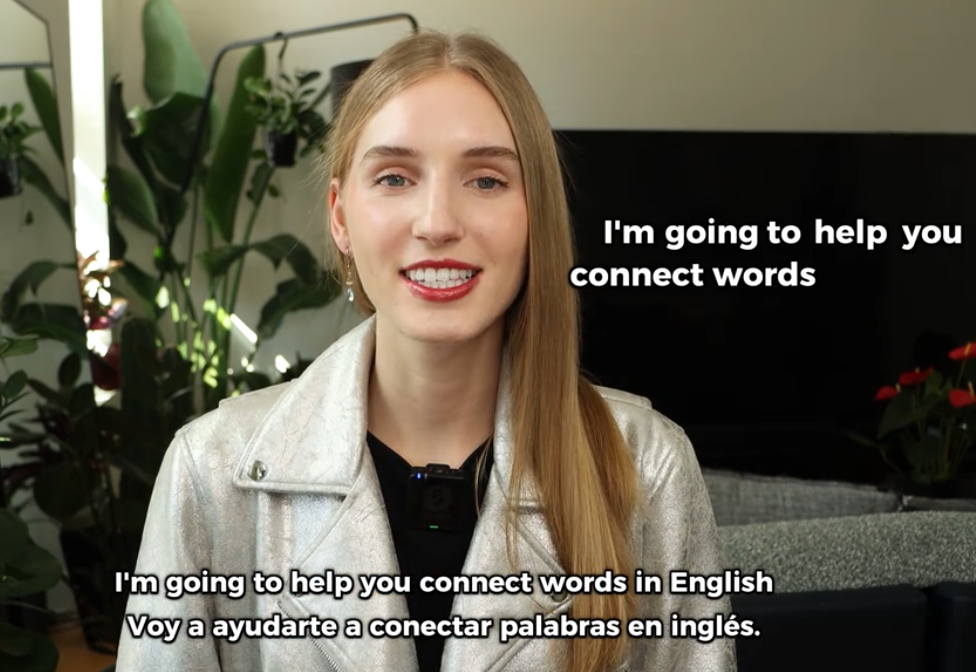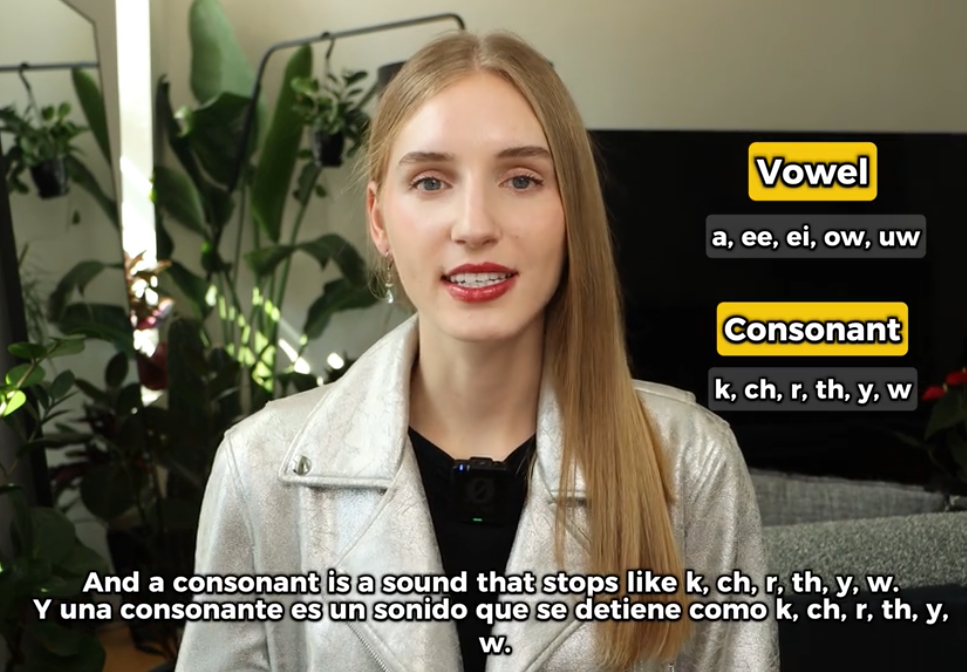English is more than just a list of words strung together. It’s a living, flowing language that relies on connections between words to express thoughts clearly and naturally. If you want to speak or write English fluently, learning how to connect words properly is essential. It makes your speech smoother, your writing more coherent, and your overall communication more effective. In this article, we’ll explore the different ways to connect words in English, including grammar rules, common linking devices, pronunciation tips, and practical examples.

Why Word Connections Matter
When English speakers talk, they don’t pronounce every word separately and clearly like in a language lesson. Instead, they blend and link words together so that speech flows naturally. This is often why learners can understand written English but struggle to understand native speakers in conversation. Learning to connect words not only improves your listening skills but also helps you sound more fluent when you speak.
In writing, connecting words clearly helps your ideas to flow logically. Sentences and paragraphs that are well-linked are easier to understand and more pleasant to read. This is especially important in academic writing, essays, professional emails, and speeches.
1. Using Conjunctions to Connect Words and Ideas
Conjunctions are words used to link other words, phrases, or clauses. They play a key role in making your writing and speech smooth and logical. There are three main types:
a. Coordinating Conjunctions
These join words or groups of words that are similar. The most common are:
- and (adds information)
- but (shows contrast)
- or (shows choice)
- so (shows result)
- for, nor, and yet are also used less frequently.
Examples:
- She likes coffee and tea.
- I wanted to go, but I was too tired.

b. Subordinating Conjunctions
These connect a dependent clause with an independent clause. Some common examples are:
because, although, since, unless, while, if, when, as.
Examples:
- I stayed home because it was raining.
- Although he was tired, he finished the project.
c. Correlative Conjunctions
These work in pairs:
either/or, neither/nor, not only/but also, both/and
Examples:
- Either you study now or you’ll regret it later.
- She’s not only smart but also kind.
2. Linking Words in Speaking (Connected Speech)
In spoken English, words are often linked together in ways that make them sound different from how they appear in writing. These changes happen naturally and help the language flow smoothly. There are several types of word connections:
a. Consonant to Vowel Linking
When a word ends in a consonant sound and the next starts with a vowel sound, the sounds often link.
Example:
- “Turn off” sounds like “tur-noff”
- “Pick it up” sounds like “pick-it-up”

b. Vowel to Vowel Linking (Intrusion)
When two vowel sounds meet, speakers may insert a small sound like /w/, /r/, or /j/ to connect them.
Examples:
- “Go on” → sounds like “go-won”
- “I agree” → sounds like “I-yagree”
c. Consonant to Consonant (Elision)
Sometimes, a consonant sound is dropped for easier flow.
Examples:
- “Next day” may sound like “nex day”
- “Old man” may sound like “ol’ man”
These linking techniques make speech sound more natural. Practicing with audio and mimicking native speakers can help you master this.

3. Using Transition Words and Phrases
In writing, transition words connect sentences and ideas, helping readers follow your train of thought. Here are some common types:
a. To Add Information:
- also, in addition, furthermore, moreover, besides
Example: She is smart. In addition, she is hardworking.
b. To Show Contrast:
- however, but, although, on the other hand, nevertheless
Example: He is very friendly. However, he can be shy around strangers.
c. To Show Cause and Effect:
- because, therefore, as a result, so, thus
Example: It was raining. Therefore, we canceled the trip.
d. To Show Sequence:
- first, next, then, finally, afterward
Example: First, mix the ingredients. Next, bake for 30 minutes.
4. Prepositions as Word Connectors
Prepositions show the relationship between nouns and other words. They help connect phrases and add details to your writing or speech.
Common prepositions:
in, on, at, to, for, with, by, about, under, over, between
Examples:
- The book is on the table.
- He went to the store.
- She spoke with her teacher.
Prepositions can be tricky because they don’t always translate directly from your native language, so practice is essential.

5. Pronouns and Reference Words
Using pronouns helps avoid repetition and links ideas smoothly.
Examples:
- “Tom loves pizza. He eats it every week.”
- “I have two cats. One is shy; the other is playful.”
Reference words like this, that, these, those, it, one, some, others help refer back to earlier parts of the sentence or conversation, keeping the flow clear.
6. Using Articles and Determiners for Clarity
Articles (a, an, the) and other determiners (some, any, many, much, few, several) connect with nouns and help give meaning.
Examples:
- A dog barked.
- The dog is mine.
- I have some time.
- Do you have any questions?
They may seem small, but they play a big role in sentence construction and clarity.
7. Word Families and Collocations
Some words naturally go together. These are called collocations, and learning them helps you speak and write more naturally.
Examples:
- Make a decision (not “do a decision”)
- Take a break
- Catch a cold
- Heavy rain (not “strong rain”)
Using the right collocations connects your words in a way that native speakers expect.
8. Practice Makes Perfect
To become better at connecting words in English, here are some useful tips:
- Read regularly: Reading English books, news, or blogs helps you see how words are connected naturally.
- Listen to native speech: Watch movies, listen to podcasts, and imitate pronunciation and rhythm.
- Write often: Practice linking ideas clearly in essays, journals, or emails.
- Record yourself speaking: Notice where your speech could flow more smoothly.
- Use grammar tools and apps: These can help you spot weak connections and improve structure.
Conclusion
Connecting words in English is essential for clear and natural communication. Whether you’re linking ideas in writing with conjunctions and transitions, or blending words together in speech with proper pronunciation, mastering these skills will make a noticeable difference in your fluency. It may take practice and patience, but with time, these connections will become second nature. Think of English like a dance—not just steps (words), but the flow between them. Learn the rhythm, and you’ll speak and write with confidence and clarity.



